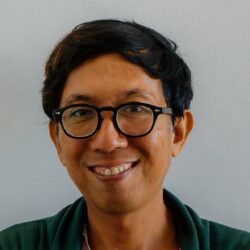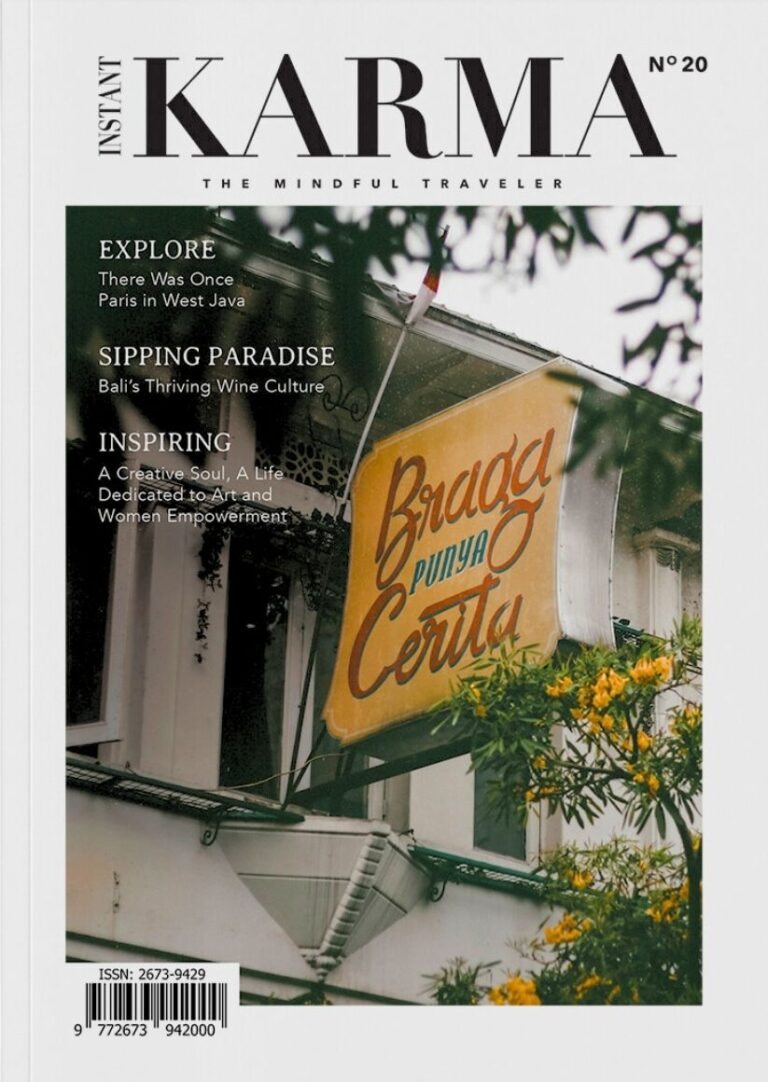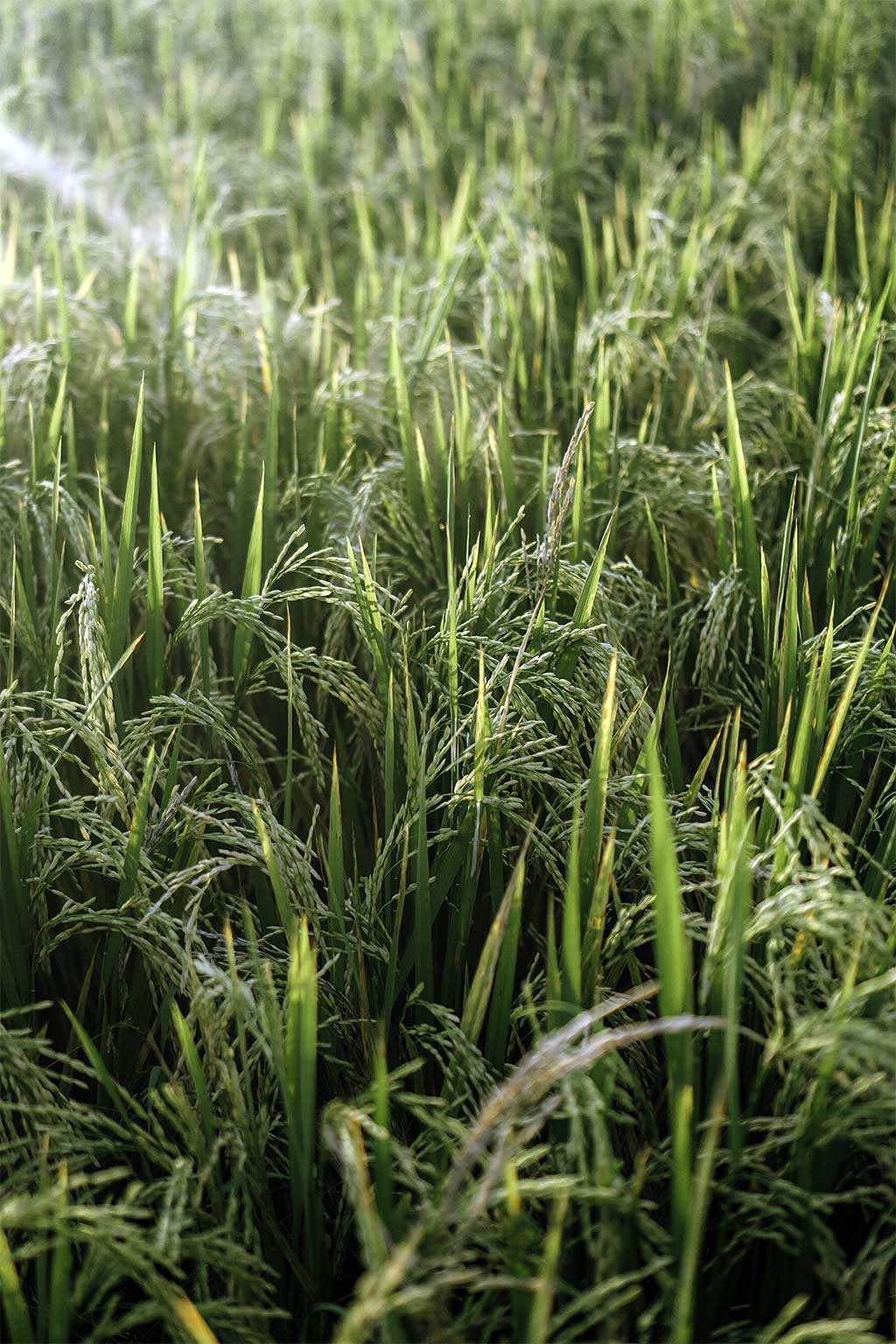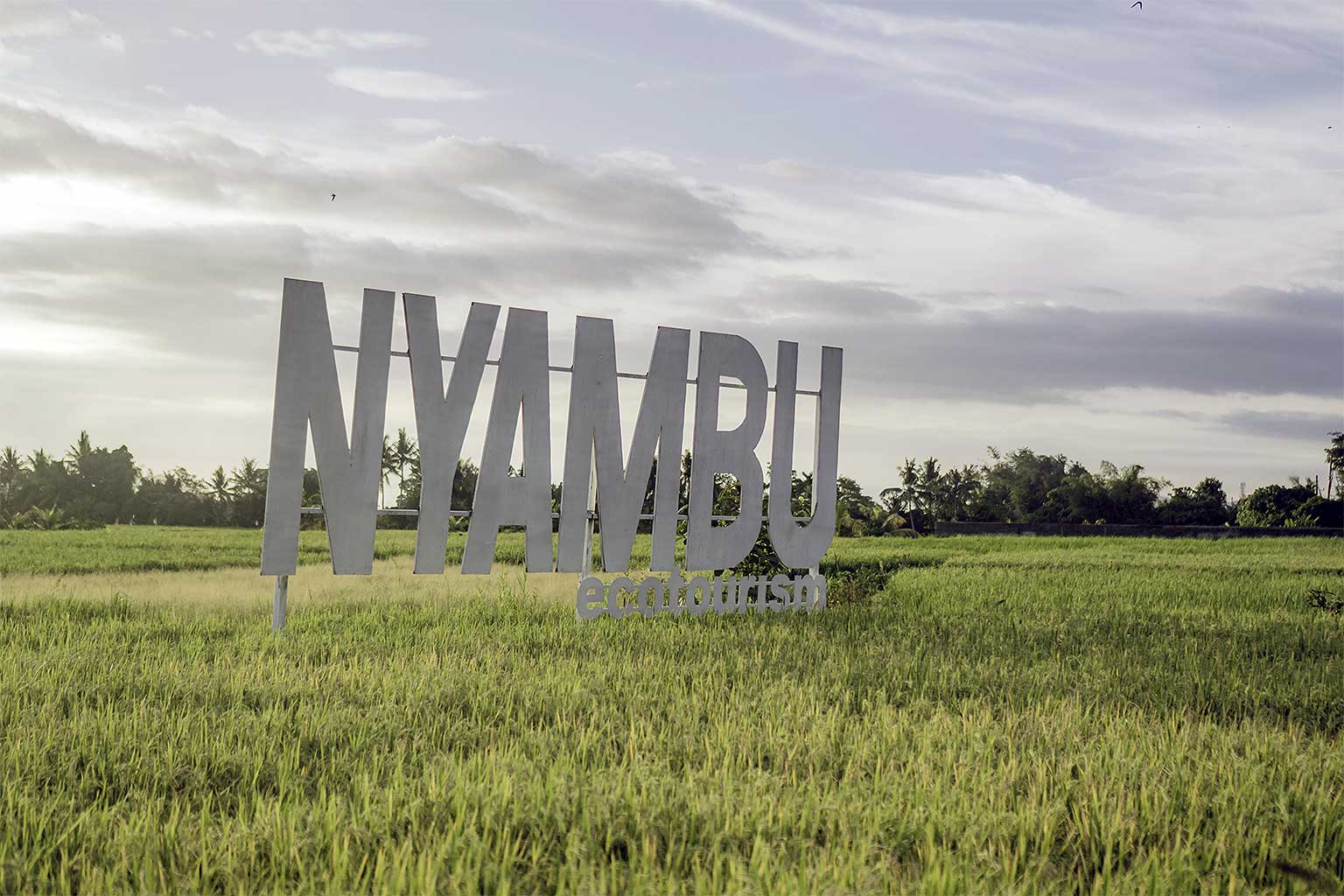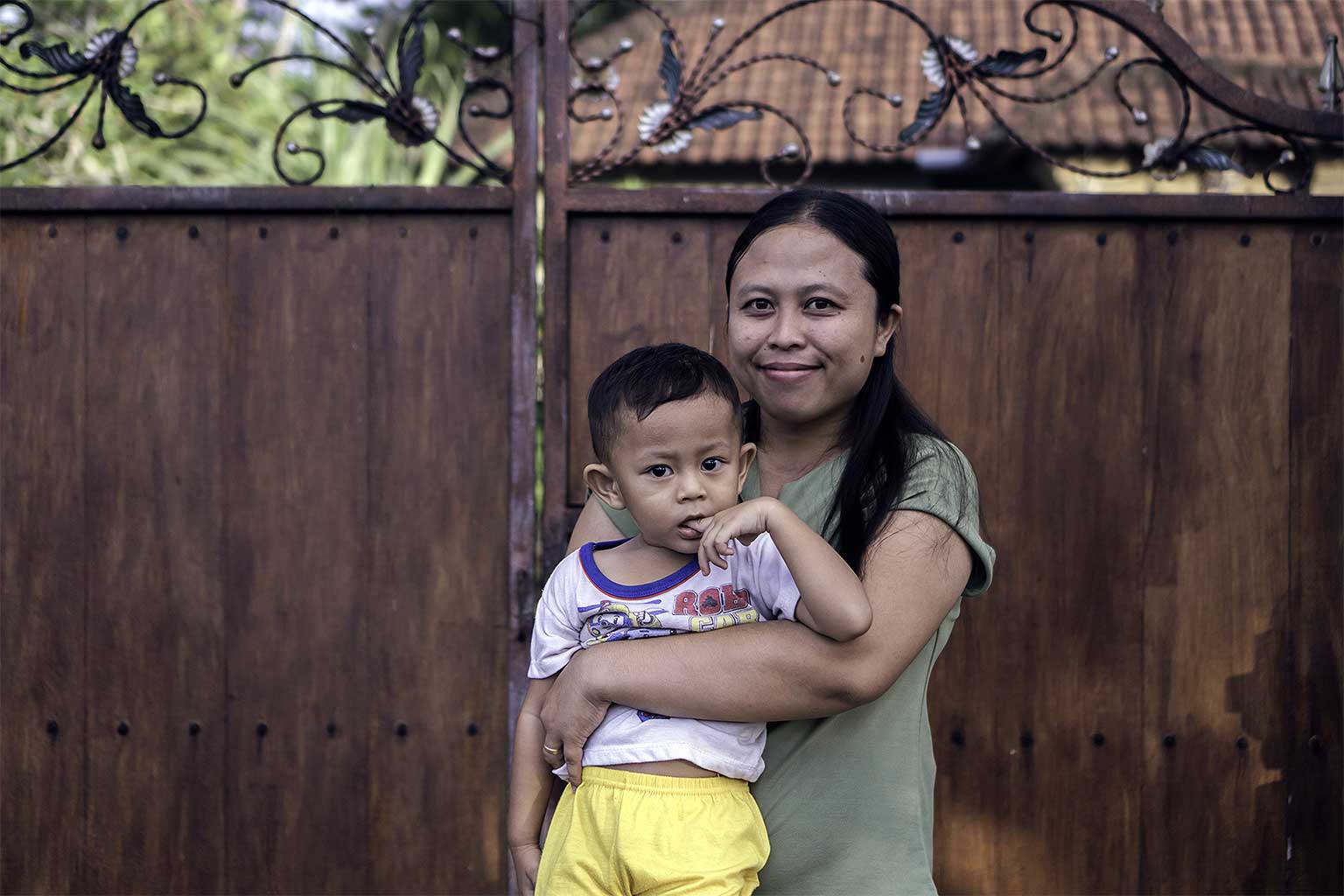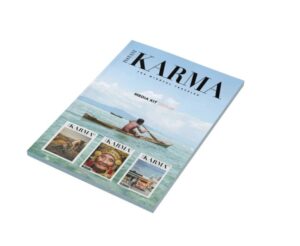Have you ever wondered what’s it like to live like the locals? The locals who you mostly seen from faraway on your tropical holiday: the rice farmers who work the field, the old lady who meticulously prepares the daily offering to the gods, the cook who makes the local pastries, the village leaders who led ceremonies. If you’re that type of traveler, come to Desa Wisata (Tourism Village).
Mind you, it’s not a village where night clubs and clothing shops and cafes gentrified old establishments; but instead it’s a place where they preserved what is already there. Not only the building but also the culture, the tradition, the environment, and the source of the local people livelihood.
Natural & Manmade
On August 2023 the government, under the auspices of the Ministry of Tourism, held the Indonesian Tourist Village Award event where 75 management of Desa Wisata across Indonesia participate. There were five evaluation points to yield the winners: management of the site, the creativity of digital content, the cleanliness of homestays and public restrooms, visitors attraction (arts and culture, natural and manmade), and types of souvenirs from handicrafts to culinary.
The winners of the night were Desa Wisata Cipta Karya in Bengkayang, West Kalimantan who nabbed Favorite Tourist Village, and Desa Wisata Ketapanrame in East Java, who overall reign as the Best Tourist Village. Both villages are stunning examples of how the development of tourism doesn’t have to sacrifice the local environment. In fact, they might enhance them.
Take for example Ketapanrame who built their manmade recreational parks, fishpond, cycling lanes, and the brilliant mini trains that runs on the edges of rice fields, alongside the existing natural landscapes like rice fields, forests, and waterfalls. People can lodge at the houses of local residents, then learn how to process coffee beans from coffee plantations, which is one of the village’s main sources of livelihood.
Feeling of Ownership
The Desa Wisata is both a government and village initiative. Some are financially sponsored by state companies (like Bank BRI for Ketapanrame village); and in some cases, it’s also a Corporate Social Responsibility-initiated project. The village of Nyambu in Mengwi is an example of that: when Diageo built their liquor processing facility in the area, they reached out to local community leaders to help realized the village’s natural potential as a tourist attraction.
Unlike Penglipuran, inarguably the most popular Desa Wisata in Bali, Nyambu Village is still growing but since 2013, the village have been hosting visitors who are more inclined to spend their holidays authentically amongst the Balinese.
“When asked about what makes our village so special, well I’m often still wondered about it because when we talk about our village our our food, it’s not that different from other parts in Bali,” says Ni Luh Yeni Arianti, the tour leader of Nyambu. “But the feedback that we got most from visitors was how much they love knowing the way of life in our village from when we wake up in the morning until we go to sleep at night. In the middle of that they learned how to cook in our kitchen, make offerings or even pray along with us if they want to. Eventually they can become like family to us.”
The village offers two types of activities: Susur Sawah, or bicycling around the village and rice fields; and Susur Budaya, a cultural trip where visitors get to see and learn the history of the temples in the vicinity, The most notable temple in Nyambu is Puri Dang Khayangan Rsi, where the footprint of Dang Hyang Nirartha lies. Nirartha is the famous priest who designed the temple prototype (employing the padmasana or lotus-like architecture) in Bali, his artwork can be found in temples like Jembrana, Uluwatu, and Tanah Lot.
“What I love about the Desa Wisata project is that, as someone who lives here all my life, I get to see what’s great about my village,” Yeni says. “I have a higher feeling of ownership of my home.”
Converting Land
But, of course, it’s not without its challenges. These days, Yeni reveals, it’s from land conversion. “Two of the objectives of the desa wisata project is for the local resident to have pride over their village; and second, to prevent land conversion. But now the rate of land conversion is growing exponentially, especially since people from (nearby) Canggu are coming over here since it’s quieter. On my rice field trip, where once there was only a beautiful open landscape, now a villa has blocked the view. But that is the reality, we can’t stop people from selling off their land.”
The earnest Mrs. Yeni laughs it off. One hand taking an optimistic view that in the future things will never change; but on the other, aware that some things are outside of her jurisdiction. She’ll just have to wait and see. In the meantime, she has other priorities. She’s a housewife and a seamstress. When Covid hits, her household is unaffected because she doesn’t completely rely on her other hospitality-based jobs. She lives in a lovely spacious, Balinese-styled house with spread out buildings, beautiful garden, and a big yard in the middle. Children are playing, adults are conversing. An old lady in the corner is studiously arranging offerings.
We often don’t realize it, but we tend to objectify the local people. We see them from afar, but we don’t really want to know what their lives are like. Their hardships, their joy, their rituals, their way of life. Visit Desa Wisata, and a new family may await. Sure, cynics can boil the concept of Desa Wisata as another variation of a tourist magnet that occasionally promulgated by third party interest. But, at least, here the locals take center stage—both in front and behind the screen.

